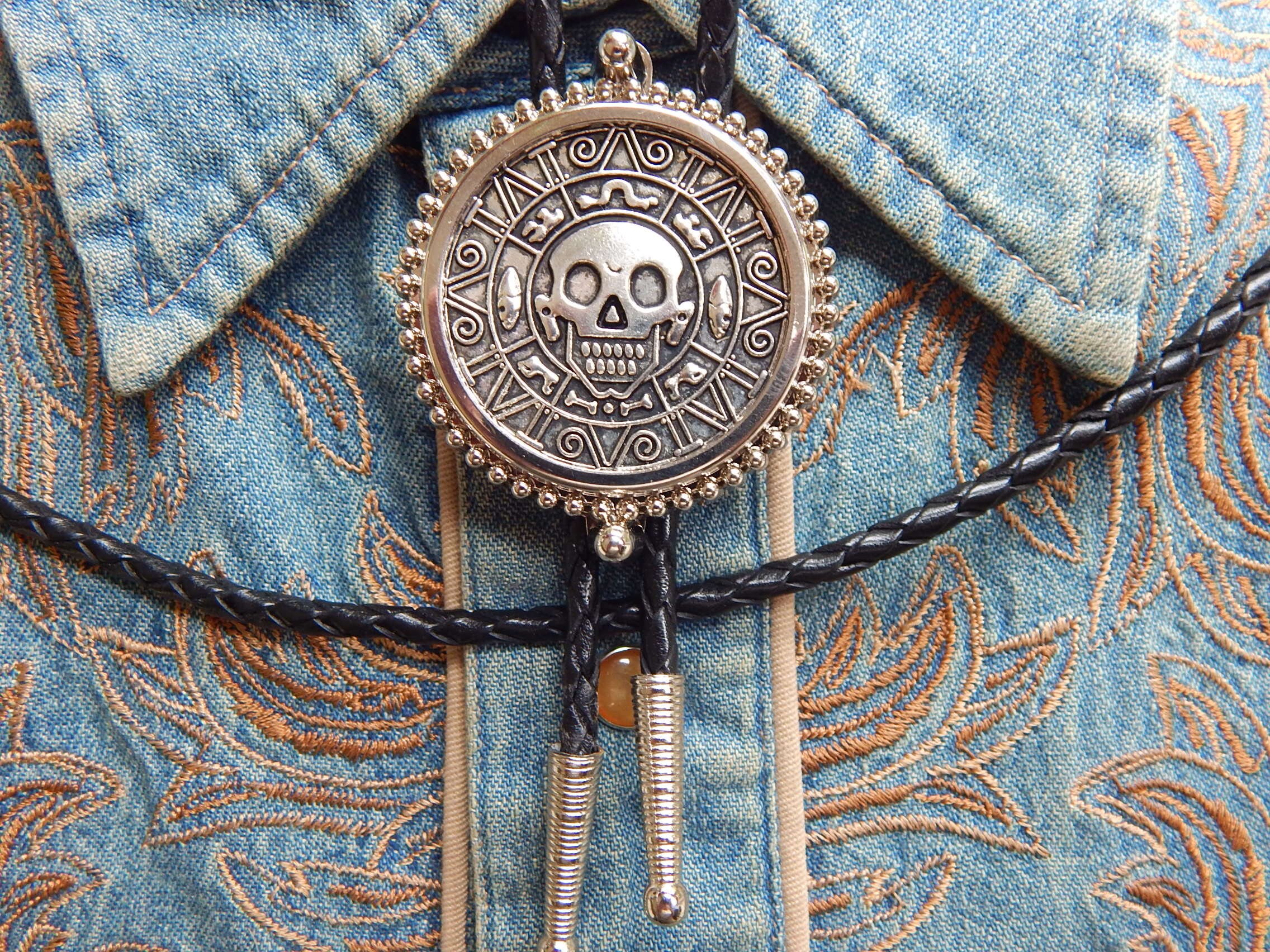Introduction
Bolo ties have made a big comeback in fashion, blending classic Western style with modern edge. But for anyone wearing them during warm weather or active events, sweat becomes a problem. That’s where sweat resistant bolo ties step in.
In this guide, we’ll walk you through everything you need to know about crafting your own sweat resistant bolo ties—from material selection to customization options. Whether you’re a DIY fashion enthusiast or looking to add a functional statement piece to your wardrobe, this article from Flashy Magazine will help you do it the right way.
Why Sweat Resistance Matters in Bolo Ties
H2: The Downside of Traditional Bolo Ties
Most classic bolo ties are made with leather cords and metal slides—materials that don’t always hold up well in heat. Leather can absorb sweat, creating odor and stiffness, while untreated metal slides may corrode or cause skin irritation.
H2: Benefits of Sweat Resistant Designs
- Comfort: No sticky or chafing feeling on your neck.
- Durability: Materials won’t wear out or break down due to moisture.
- Style Maintenance: Prevents sweat stains and discoloration.
With the right design and materials, you can build bolo ties that not only look good but also stay fresh, even on the hottest days.
Materials for Making Sweat Resistant Bolo Ties
Choosing the right materials is the most critical step. Each component plays a role in making the tie resistant to moisture and heat.
H3: Cord Options
- Paracord (Nylon): Strong, flexible, moisture-wicking, and available in many colors.
- Synthetic Leather: Offers the classic look but is more sweat-tolerant than real leather.
- Waxed Cotton Cord: Water-resistant and has a smooth texture.
💡 Tip: Avoid untreated leather. It absorbs moisture and may smell over time.
H3: Slide or Clasp Materials
- Stainless Steel: Corrosion-resistant and easy to clean.
- Aluminum: Lightweight and doesn’t hold heat.
- Coated Brass or Resin: Adds visual appeal while being sweat-friendly.
H3: Decorative Tips (Aglets)
- Use rubberized or stainless steel tips to prevent rust and ensure skin comfort.
Step-by-Step: How to Make a Sweat Resistant Bolo Tie
Here’s a DIY breakdown that combines functionality with style.
H2: Step 1 – Gather Your Materials
- 36 inches of paracord or synthetic leather
- 1 stainless steel or resin slide
- 2 aglets (cord tips)
- Jewelry pliers and scissors
- Lighter (if using paracord)
- Optional: charms or embellishments
H2: Step 2 – Prepare the Cord
- Cut the cord to your desired length (usually 36 inches for adults).
- If using paracord, lightly burn the ends with a lighter to prevent fraying.
- Thread each end into an aglet and crimp tightly with pliers.
H2: Step 3 – Customize the Slide
You can purchase a pre-made slide or make one using resin or a stamped metal base. Add personal engravings or gemstones for flair.
- Drill or punch two holes at the top and bottom of the slide.
- Thread the cord through the holes in a loop pattern, ensuring smooth sliding action.
H2: Step 4 – Assemble and Test
- Once assembled, adjust the slide to see how easily it moves on the cord.
- Try wearing it and test it in warm conditions to ensure it’s comfortable.
Customization Tips for Unique Styles
H3: Add Personal Flair
- Engraved Slides: Use initials, symbols, or even your logo.
- Colored Cords: Match your wardrobe or go bold with contrasting colors.
- Charms or Pendants: Attach them to the slide or cord tips.
H3: Seasonal Themes
- Use weather-resistant materials for summer looks.
- Add darker tones and heavier metals for winter outfits.
H3: Event-Based Customization
- For weddings or parties, use gem-stone or pearl slides.
- For casual events, go with minimalistic, matte designs.
Maintenance for Longevity
H2: How to Keep Your Bolo Tie Sweat-Resistant
- Wipe down the slide and cord after each use with a dry cloth.
- Store in a dry place away from direct sunlight.
- Apply silicone-based sprays to cord for added water resistance.
- Avoid wearing with lotions or oils on your skin.
Where to Buy Sweat Resistant Bolo Tie Supplies
H3: Recommended Online Stores
- Etsy: Unique handmade slides and cord options.
- Amazon: Great for buying paracord and aglets in bulk.
- Jewelry Supply Stores: High-quality metal findings.
For curated accessory inspiration and fashion DIYs, visit FlashyMagazine.com—where bold meets practical.
Expert Tips from Flashy Magazine
- Always test materials against your skin before full assembly.
- Create matching bolo ties for themed events or friend groups.
- Use UV-resistant cords for outdoor wear to avoid fading.
💬 “A bolo tie is more than an accessory. It’s a form of self-expression. Sweat resistance ensures that expression isn’t ruined by discomfort.” – Editor’s Note, Flashy Magazine
Conclusion
Making your own sweat resistant bolo tie is not just about functionality—it’s about personal style and comfort. With the right materials and some creativity, you can design pieces that last through heat, movement, and wear.
Whether you’re attending a festival, riding out summer heat, or simply upgrading your wardrobe, a custom sweat-resistant bolo tie is a stylish, practical choice. Start crafting yours today—and don’t forget to check out Flashy Magazine for more DIY fashion inspiration.
